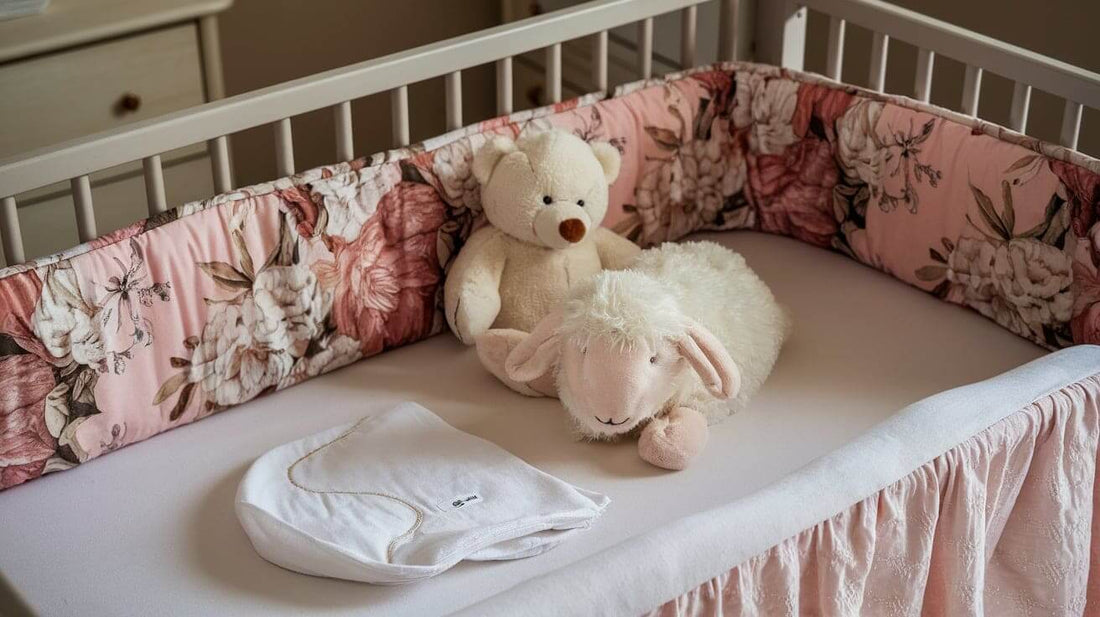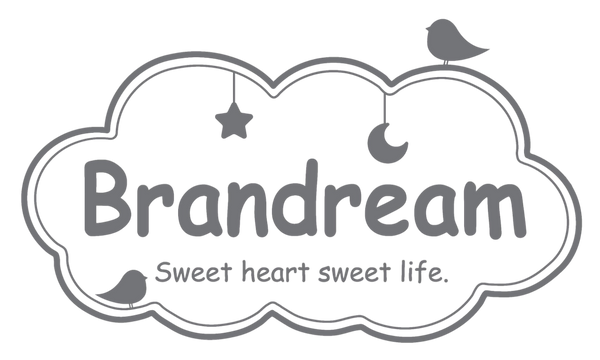The Best Fabrics for Crib Bedding

A newborn spends a significant portion of their time in the crib, often sleeping for up to 16-18 hours a day during the early months. This means the fabrics your baby comes into contact with daily are incredibly important for their comfort and well-being.
Understanding the Importance of Fabric for Crib Bedding
Choosing the right crib sheet material goes beyond aesthetics. The fabric that touches your baby's delicate skin can significantly impact their comfort and well-being. High-quality bedding can help regulate body temperature, prevent skin irritation, and even contribute to better sleep patterns.Parents should consider several factors when selecting crib bedding fabrics:
- Softness and gentleness on baby's sensitive skin
- Breathability for temperature regulation
- Durability to withstand frequent washing
- Hypoallergenic properties to minimize allergic reactions
- Eco-friendliness for environmentally conscious families
Best Fabrics for Crib Bedding
Cotton: The Classic Choice
Cotton crib sheets remain a popular choice for many parents. This natural fiber offers excellent breathability and softness, making it ideal for baby's delicate skin, Cotton is also durable, easy to clean, and available in various weaves and styles.
| Pros | Cons |
|---|---|
| Naturally soft and comfortable | May wrinkle easily |
| Highly breathable | Some types might shrink after washing |
| Durable and easy to maintain | |
| Available in organic options |
Organic Cotton: A Pure and Safe Option
For parents concerned about chemical exposure, organic cotton crib sheets provide an excellent alternative. These sheets are made from cotton grown without harmful pesticides or synthetic fertilizers, offering a pure and safe sleeping surface for your baby.
| Pros | Cons |
|---|---|
| Free from harmful chemicals | Can be more expensive than regular cotton |
| Ideal for sensitive skin | May require special care when washing |
| Environmentally friendly |
Bamboo: Silky Soft and Eco-Friendly
Bamboo crib sheets have gained popularity for their silky texture and eco-friendly properties. This fabric is naturally hypoallergenic and has excellent moisture-wicking abilities, keeping your baby dry and comfortable throughout the night.
| Pros | Cons |
|---|---|
| Incredibly soft and smooth | Some processing methods may not be eco-friendly |
| Excellent moisture management | Can be more expensive than traditional fabrics |
| Naturally antibacterial |
Tencel Lyocell: The Innovative Choice
Tencel Lyocell is a revolutionary fabric that combines comfort with sustainability. Made from wood pulp, it offers a silky-soft feel while being environmentally friendly. Its natural moisture-wicking properties help regulate your baby's body temperature, ensuring a comfortable sleep.
| Pros | Cons |
|---|---|
| Exceptionally soft and gentle on skin | May be more expensive than traditional fabrics |
| Excellent moisture management | Limited availability compared to cotton |
| Sustainable and eco-friendly |
Jersey Knit: Stretchy and Snug
Jersey knit crib sheets offer a unique combination of softness and elasticity. Made from cotton or a blend, these sheets provide a snug fit on the mattress and a cozy feel for your baby.
| Pros | Cons |
|---|---|
| Soft and stretchy for a snug fit | May stretch out over time |
| Lightweight and breathable | Not as crisp-looking as woven fabrics |
| Easy to put on and take off the mattress |
Conclusion
Consider your climate, your baby's skin sensitivity, and your personal preferences when selecting the right fabric. Opting for high-quality, safe materials for your baby's crib not only ensures their comfort but also promotes their well-being, laying the foundation for peaceful nights and happy days ahead.
